
Are you seeking a bold and striking hairstyle to make a statement? The decision to go with layered or non-layered hair is a big one, and it can be difficult to know which option is right for you. Don't worry, though - we've got you covered.
In this article, we'll dive deep into the world of haircuts and explore the differences between layered and non-layered hair. We'll also provide you with insider tips and tricks to help you make the best choice for your individual style and personality. Get ready to transform your look and feel more confident than ever before!
What Is Layered Hair?
Layered hair is a popular haircut where the hair is cut at varying lengths, creating different layers of hair. This technique adds dimension and texture to the hair, allowing it to move and flow naturally.
Layers are typically added to create volume, body, and dimension, making it a popular choice for those with thin or fine hair. Layering can also be customized to suit different face shapes, hair types, and personal preferences, resulting in a versatile and dynamic hairstyle.
Pros
- Adds volume and enhances texture, especially for fine or thin hair
- Versatile and can be styled in various ways for different hair types
- Creates a youthful look with movement and bounce
- Can correct a bad haircut and enhance facial features
Cons
- Requires frequent trims and may require more styling time
- Can thin out ends if layers are cut too short or thin
- May not work with certain face shapes or be suitable for very thick or coarse hair
- May not suit certain lifestyles or require more maintenance and styling
- May look choppy or uneven if layers are not cut evenly or too thin and may require more styling tools and products for a polished look
What Is Non-Layered Hair?
Non-layered hair refers to a hairstyle that is cut to a uniform length without any discernible layers. This style is characterized by having all of the hair cut to the same length, which can create a sleek and polished appearance.
Non-layered hair can be achieved with a variety of cutting techniques, such as blunt cuts or one-length cuts, and can work well for different hair types and textures.
Pros
- Sleek appearance for a professional or conservative look
- Low maintenance and easier to style than layered hair
- Illusion of more hair for thin or fine hair
- Versatile for different hair types and textures
Cons
- Lacks volume and movement
- May not suit certain face shapes or features
- Can look choppy or uneven if not cut evenly
- Requires more styling products and tools for texture or waves
- Not the most fashionable or trendy
- Harder to hide damaged or split ends
Layered vs No Layered Hair
Let’s now take a closer look at the differences between layered and non-layered hairstyles, specifically how each style affects different hair types and face shapes. By understanding the distinct features of both hairstyles, you'll be able to confidently choose the right style that best complements your hair.
Straight Hair
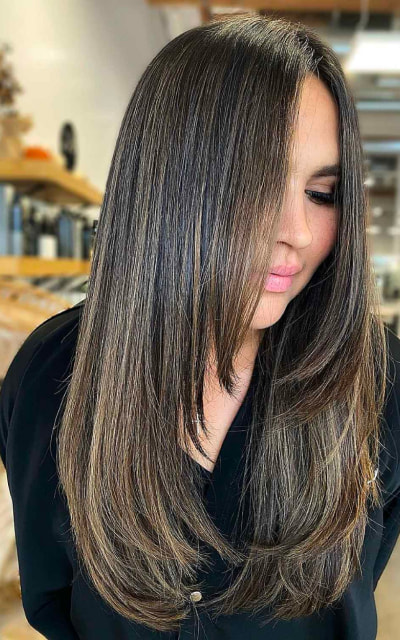
Layered hairstyles can add volume and movement to thin, straight hair, making it appear fuller and more dynamic. For thick, straight hair, a layered cut can help manage and distribute the hair's natural volume, creating a more balanced look.
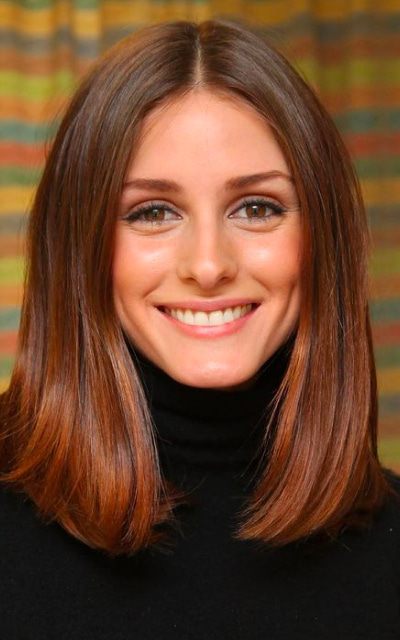
On the other hand, a non-layered haircut can create a sharp, clean appearance for both thin and thick hair, with thin hair looking sleek and thick hair looking polished. However, it may be more difficult to manage due to the hair's density.
Wavy Hair
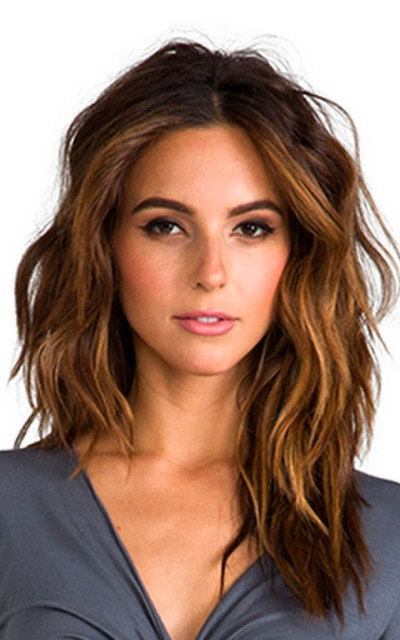
Layered cuts can enhance the natural wave pattern, creating a more dynamic and defined appearance for long hair. For short wavy hair, a layered cut can add texture and movement, resulting in a lively and playful look.
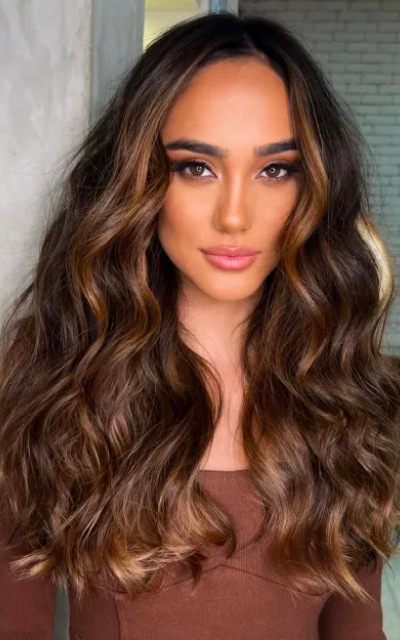
Alternatively, non-layered cuts can provide different benefits. In long wavy hair, a non-layered cut can create a more controlled and uniform appearance, smoothing out waves for a sleek look. In short wavy hair, a non-layered cut can offer a more structured and neat appearance, although it may not provide as much movement and texture as a layered cut.
Curly Hair
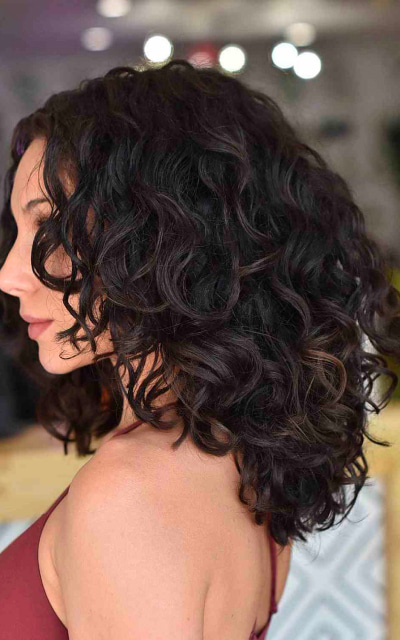
A layered hairstyle can add shape and definition to short, curly hair, helping to manage curls and reduce frizz. On the other hand, with long, curly hair, layers can help distribute the hair's natural volume, preventing a "pyramid" shape and encouraging more balanced proportions.
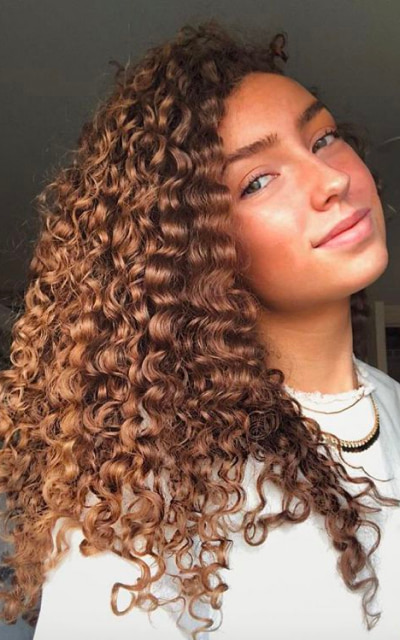
For a more uniform and controlled curl pattern, a non-layered hairstyle may be preferred, although the hair's weight may cause it to appear less voluminous. Similarly, a non-layered cut can create a more structured and uniform appearance for short curly hair, but it may lack the desired volume and shape.
In the end, deciding whether to choose a layered or non-layered hairstyle ultimately depends on your personal preferences, hair type, face shape, and lifestyle. Whether you choose a layered or non-layered hairstyle, it's important to maintain your hair's health and style with the proper products and techniques to keep it looking its best.
Best Ways to Treat Layered Hair Properly
If you're someone with layered hair, you know that while it can add volume and texture to your locks, it can also make styling and managing it more challenging.
To make the most of your layered hair, it's essential to treat it properly. From using the right products to avoiding damaging styling practices, here are some tips to help you care for your layered hair so it looks and feels its best.
Use The Correct Conditioner and Shampoo

It’s important to choose the right conditioner and shampoo for your layered hair. Look for products that are designed for your specific hair type and needs. For example, if you have dry or damaged hair, choose a product that contains nourishing ingredients like Argan oil or coconut oil.
If you have oily hair, look for a product that helps to control sebum production. Using the wrong products can strip your hair of its natural oils, leaving it dry and brittle.
Avoid Heat Damage
Heat styling tools like flat irons and curling wands can damage your hair, especially if you have layered hair. To protect your hair from heat damage, use a heat-protectant spray before styling. This creates a barrier between your hair and the heat, reducing the risk of damage.
Additionally, avoid using hot tools on wet hair as this can cause even more damage.
Brush Your Hair Correctly
Brushing your layered hair correctly is essential to avoid breakage and damage. Begin detangling your hair from the tips and move upwards, utilizing a wide-tooth comb or a paddle brush.
This method prevents tugging and pulling on your hair, which can cause breakage and damage.
Deep Condition Your Hair
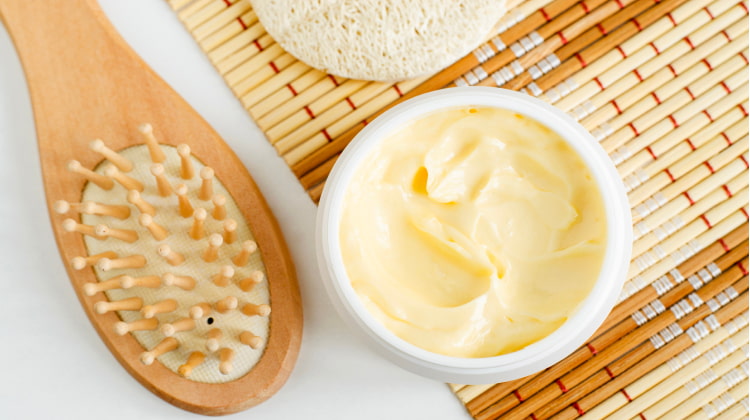
Deep conditioning is a treatment that can help to restore moisture to your hair, making it softer and more manageable. It's essential to deep condition your hair if you have layered hair as it can help to prevent breakage and keep your hair looking healthy.
To do it:
- Use a moisturizing shampoo to wash your hair.
- Apply conditioner generously, focusing on the ends.
- Cover your hair by means of a shower cap.
- Let the conditioner sit for at least 30 minutes.
- Rinse out the conditioner with warm water.
Don’t Overwash
Excessive washing of your hair can remove its natural oils, resulting in dryness and brittleness. If you have layered hair, overwashing can also cause the layers to become frizzy and unruly.
To avoid this, aim to wash your hair every 2-3 days, or even less frequently if possible. When you do wash your hair, use a gentle, sulfate-free shampoo that won't strip your hair of its natural oils.
Use Leave-In Conditioner
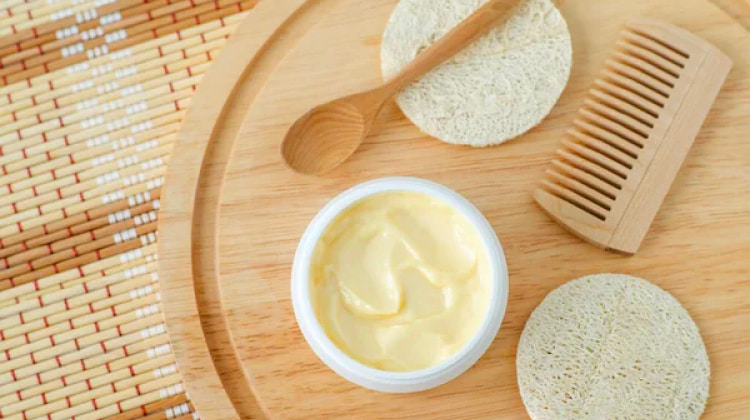
A Leave-in conditioner is a great way to keep your layered hair hydrated and easy to manage. Search for a leave-in conditioner that has beneficial components such as Argan oil or coconut oil to aid in maintaining your hair's softness and smoothness.
After shampooing and conditioning your hair, apply the leave-in conditioner to the ends of your hair, working your way up to the roots. This will help to prevent tangles and make it easier to style your hair.
Get Regular Trim
Regular trims are essential for keeping your layered hair looking healthy and polished. Trimming your hair every 6-8 weeks can help to prevent split ends and keep your hair looking full and voluminous.
During a trim, your stylist can also shape your layers and remove any damaged or split ends. This will help to keep your hair looking fresh and stylish and prevent any frizziness or unruliness that can occur with layered hair.
Be Patient When Styling
Layered hair can be challenging to style at first, as the layers can create different textures and volumes in different parts of your hair. It's important to be patient and experiment with different techniques and products to find what works best for your hair type and desired style.
Try different styling tools such as curling irons, straighteners, and hairdryers to create different looks. Additionally, experiment with different hair products such as mousse, hair spray, and serum to create different textures and volumes.
The Bottom Line
Choosing between layered and non-layered hair can be a tough decision, but now you have all the information you need to make the best choice for your individual style and personality. By considering your hair type, face shape, and lifestyle, you'll be able to confidently select the perfect haircut for you.
Just don't forget to maintain your hair's health and style with the proper products and techniques, and get ready to feel more confident than ever before!

.jpg)
.jpg)
.jpg)
.jpg)
.jpg)
.jpg)
.jpg)